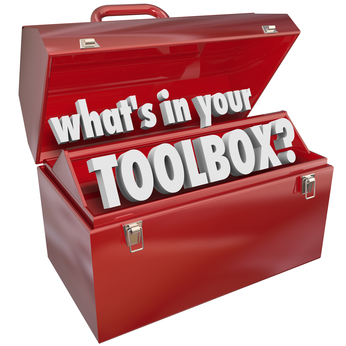
Wisdom equals knowledge plus courage. You have to not only know what to do and when to do it, but you have to also be brave enough to follow through. – Jarod Kintz
Perhaps we think of the workplace as being too busy to spend time learning. But if we are wise, we will use every opportunity to gain knowledge. Here are some tips on how to gain wisdom during the time we spend at work:
- Never stop learning / learn from diverse sources
Be open to learning in non-traditional ways. New information can come from sources other than books or training seminars. Being open minded and steadfastly curious will create a pathway to continuous learning. For more on this, check out my post Work and Jazz on how guitar lessons helped me understand my learning style and how to get outside of my comfort zone:
- Find ways to apply your knowledge
Driving change and improving systems and processes is an important role for each member of a business team. Knowing that status quo is an undesirable state helps to create an environment for continuous improvement. Finding ways to drive tangible, positive change with newly found knowledge should be in the business DNA of each employee and influence his or her ways of working. Always be looking for ways to apply your learning.
- Use new and emerging technologies to enhance your knowledge
Having an open mind about continuous learning includes embracing technology and being open to using new tools to gain knowledge. The features of today’s hand-held devices, such as smartphones and tablets, are amazing. Wifi and streaming video services have made learning much more accessible because it can take place on our individual schedules. The variety of ‘platforms’ available for learning seems limitless and will continue to grow. If trying new technology is difficult for you, find ways to understand it and become more comfortable. Being on the cutting edge can be very exciting.
- Gather support along the way and take risks
In the business world, risk-taking is viewed differently in every organization and even varies within organizations from department to department. As we learn more and consider the use of new tools to improve systems and processes, it often takes a mentor or sponsor to gain support for improvement projects or process enhancements. Depending on the perceived risk level, getting the boss to ‘try’ something new can be very challenging. However, developing the supporting justification for a change and finding the courage to ask for support will show dedication and initiative.
- Follow through on plans and actions
Ideas and plans are nice to have, however putting them into action will take considerable effort and courage. The people in the organization who develop the vision, generate an action plan, gather support, and then execute these plans effectively will be extremely valuable.
In the workplace, wisdom is gained by those who remain curious, stay open to new ideas, find support, and successfully execute their plans. In the business world, as in the world outside of work, the pathway to wisdom is a journey we can choose. May you find your own path to wisdom.
Photo credit: Depositphotos.com #73412631 gustavofrazao









